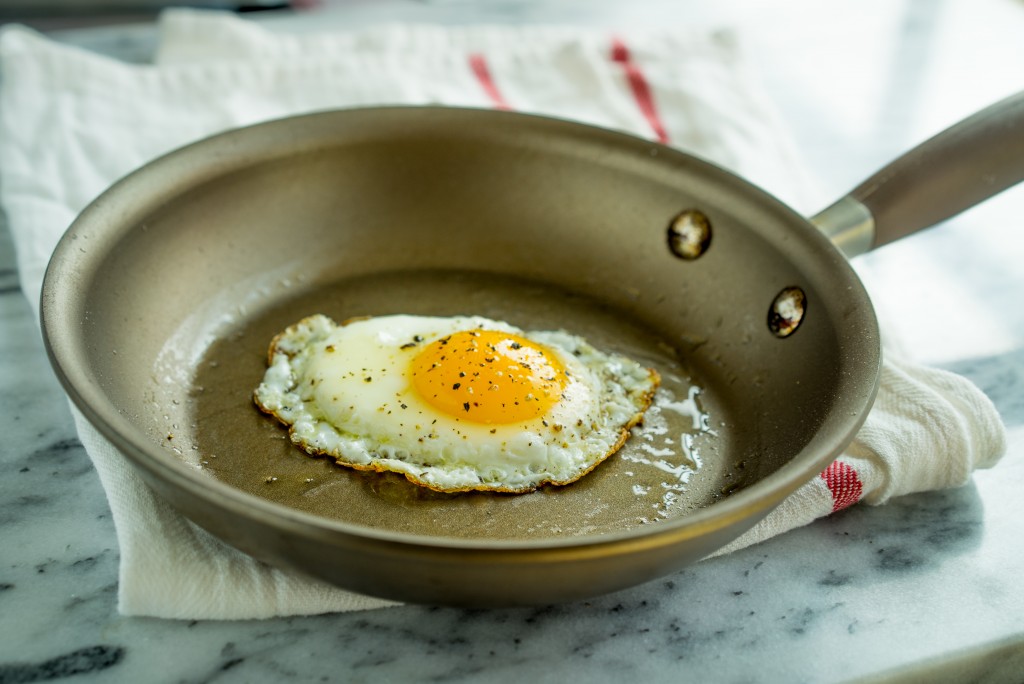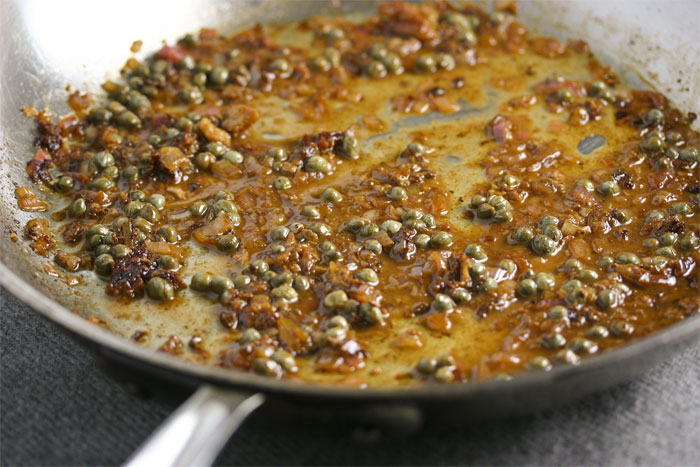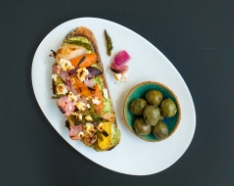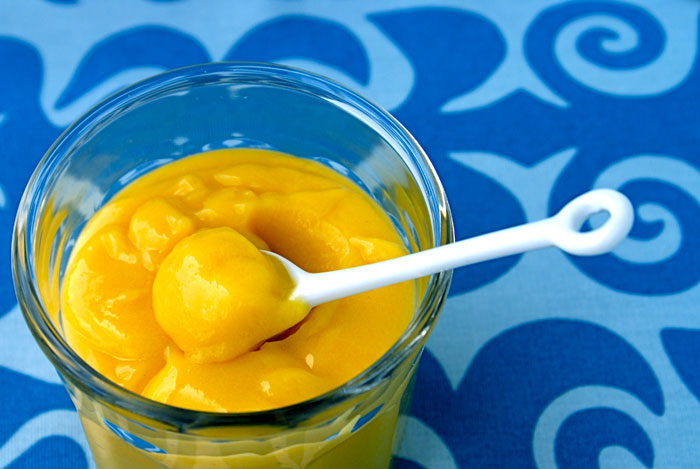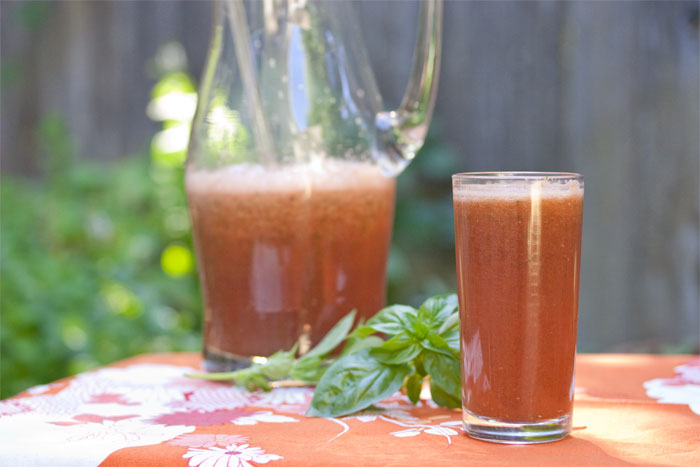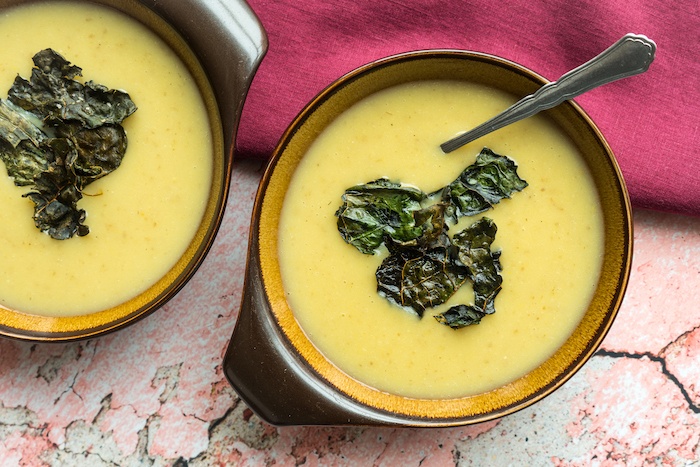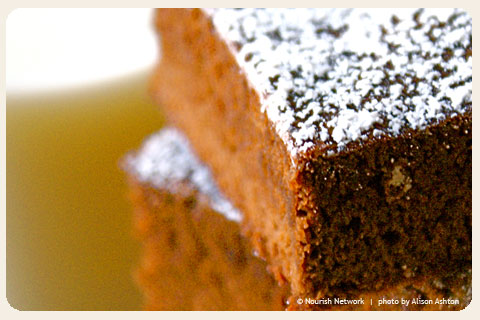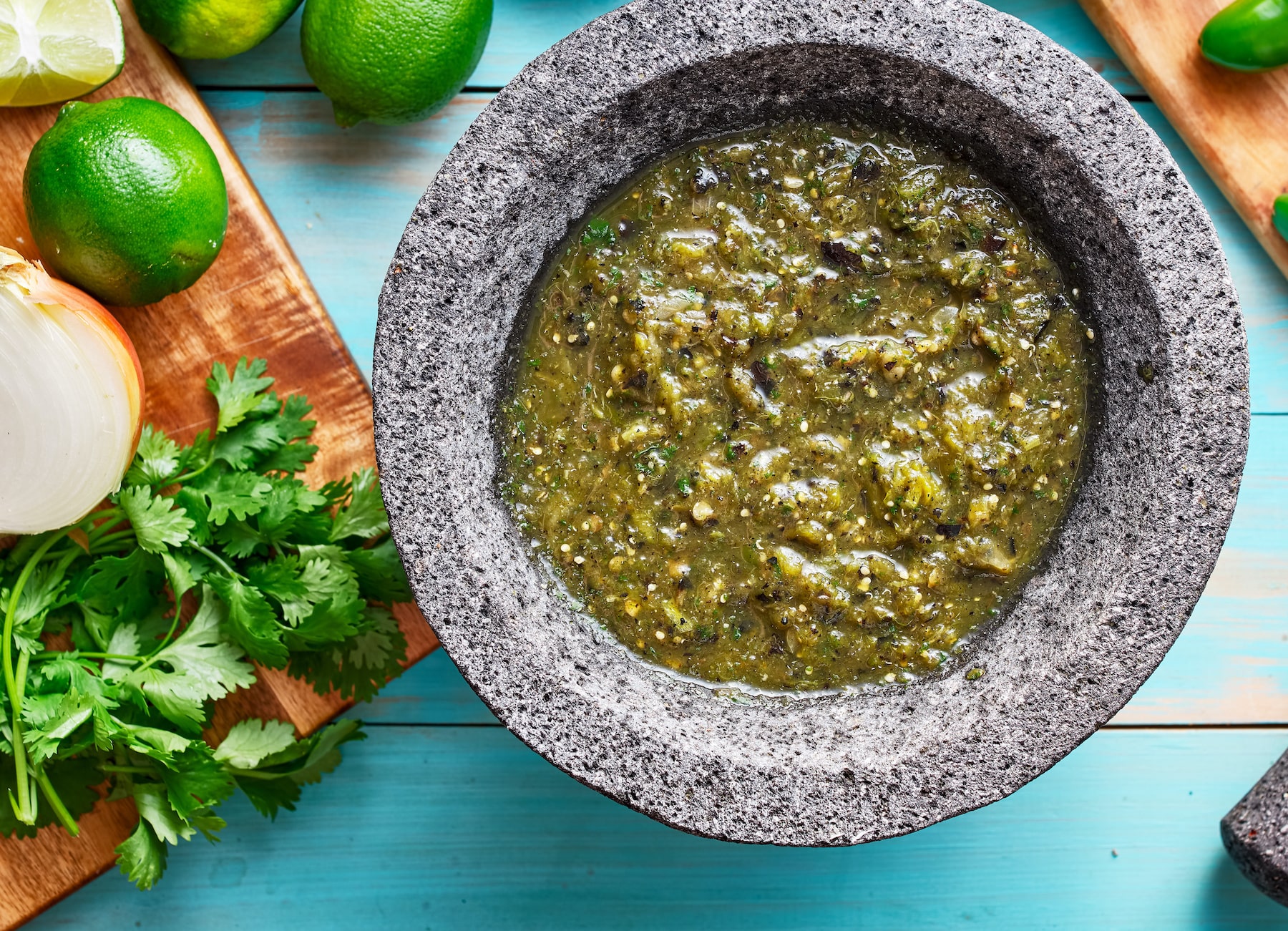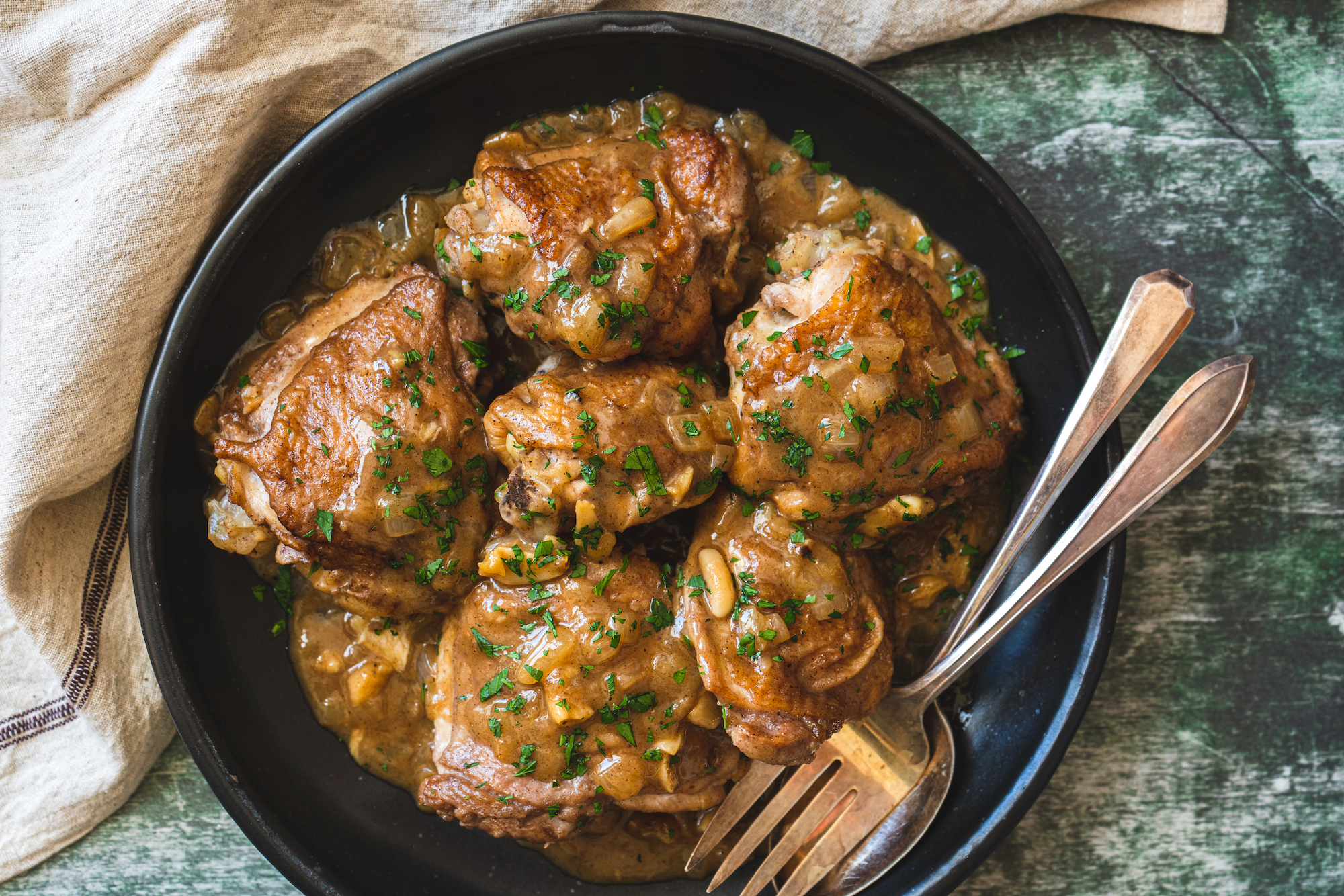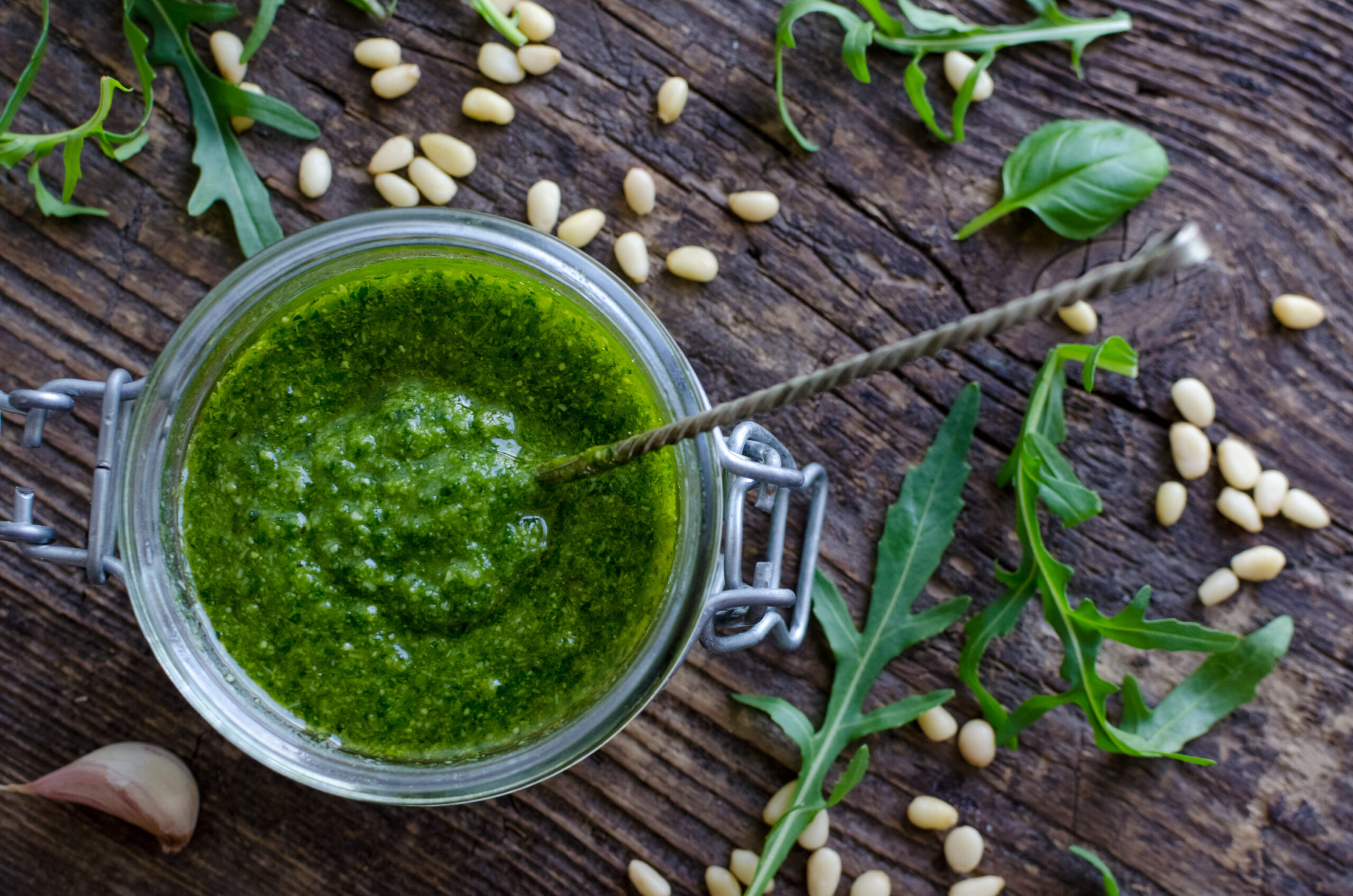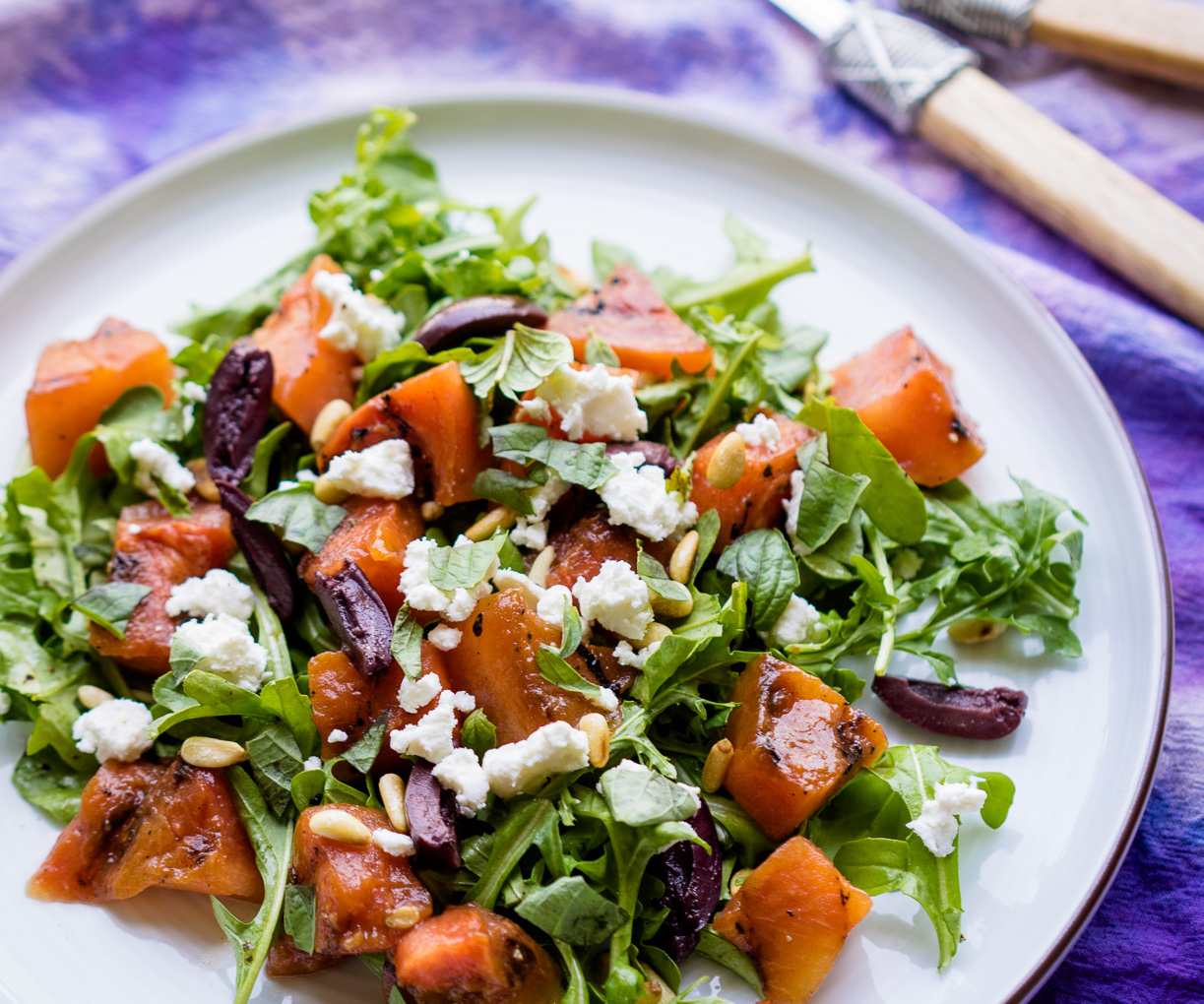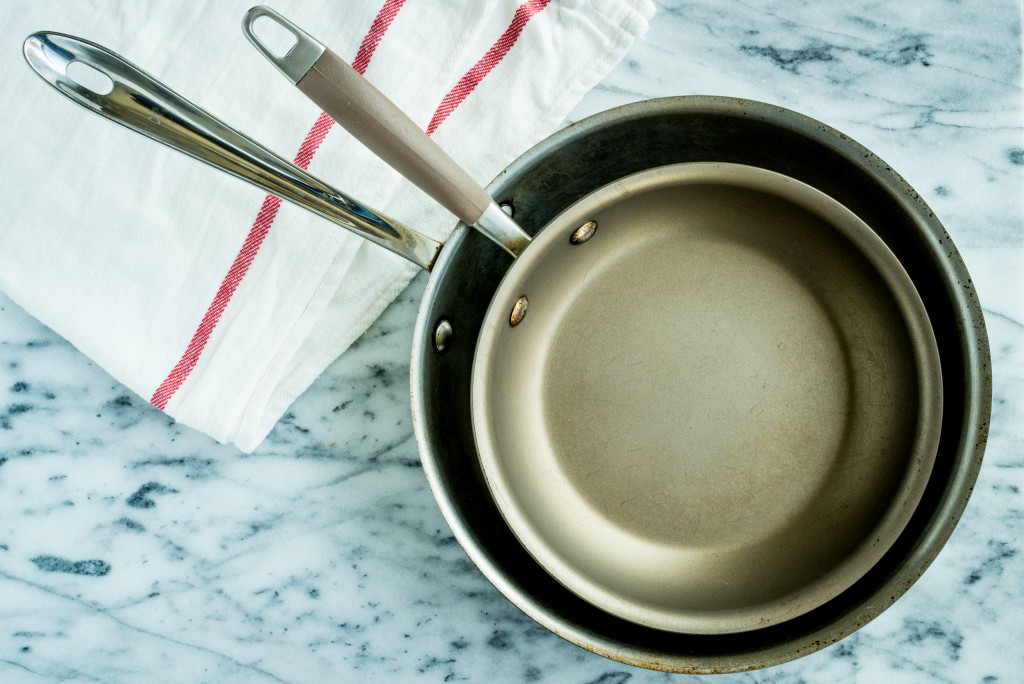 I'm discovering that a lot of people have a stash of beat-up nonstick pans in their cupboards that they use all … the … time. And they have maybe one shiny, pristine stainless-steel pan they're afraid to use. Does that scenario sound familiar?
I'm discovering that a lot of people have a stash of beat-up nonstick pans in their cupboards that they use all … the … time. And they have maybe one shiny, pristine stainless-steel pan they're afraid to use. Does that scenario sound familiar?
Let me simplify your life.
When to Use Nonstick and Regular Pans
 First of all, nonstick pans and regular pans are like apples and oranges. The uses of each are almost mutually exclusive. If you wanted to fry an egg or sear a delicate fish, you'd use a nonstick pan. If you want to saute vegetables or whip up a quick stir-fry, you'd use stainless. Why? Because nonstick pans are all about preventing any sort of stick at all. Stainless-steel pans–used properly–are all about getting a flavorful crust on the food and just enough to stick to the bottom (that stuff is called fond) to create a base for easy pan sauces and such.
First of all, nonstick pans and regular pans are like apples and oranges. The uses of each are almost mutually exclusive. If you wanted to fry an egg or sear a delicate fish, you'd use a nonstick pan. If you want to saute vegetables or whip up a quick stir-fry, you'd use stainless. Why? Because nonstick pans are all about preventing any sort of stick at all. Stainless-steel pans–used properly–are all about getting a flavorful crust on the food and just enough to stick to the bottom (that stuff is called fond) to create a base for easy pan sauces and such.
When to Use Nonstick
- Egg dishes
- Delicate fish (firmer fish like tuna and salmon are fine in a stainless-steel pan)
- Oozy, cheesy things like quesadillas
- Stir-fried Asian rice noodles
When to Use Stainless Steel
- Stir-fries
- Sauteed vegetables
- Seared meat, chicken and seafood
- Sauces
How to Use Nonstick and Stainless-Steel Pans
Nonstick
You always want a thin coating of fat in a nonstick pan if you're preheating it, so that the heat doesn't go to work directly on the chemicals in the nonstick coating. They also shouldn't be heated too much above medium.
3 recipes for your nonstick pan:
One last thing … while I wouldn't necessarily call nonstick pans disposable, they certainly aren't going to (and shouldn't) become heirlooms either. I tend to replace my nonstick pans every 12-18 months and I spend accordingly–usually between $15 and $30 per pan (P.S. — I only have 2 nonstick pans at any given time … a big one and a medium one). My stainless-steel pans, on the other hand, cost a small fortune … but I've had them for over a decade and know they'll still be going strong for several more. We're fans of Anolon Advanced Hard-Anodized nonstick cookware, which has sturdy construction for even heating. Even though you won't have these pans forever, you don't want them to be flimsy.
Taking a little care with your nonstick pans will extend their life. Even though many are now touted as dishwater safe, thanks to sturdier finishes, it's a good idea to wash them by hand. Dishwashers can be too abrasive on most nonstick finishes.
A word about safety: Nonstick cookware is controversial, even the newer “green” finishes. The Environmental Working Group urges cooks to avoid it as much as possible because per- or poly-flurochemicals (PFCs), a family of chemicals used to make surfaces nonstick (including cookware, clothing and carpets) has been linked to a variety of health problems (some forms of cancer, high cholesterol, obesity and more). Teflon, which can cause flulike symptoms from breathing fumes emitted by an overheated pan.
Sounds scary, but the folks at Scientific American takes a more tempered approach, especially when it comes to newer, silicone-based finishes, which don't appear to have the health problems associated with old-school Teflon. But they also say more definitive research needs to be done to confirm its safety. The American Cancer Society also doesn't believe nonstick cookware, particularly, Teflon, is a significant health concern.
Our take: Nonstick cookware is perfectly safe when used as recommended for delicate foods cooked over low to medium heat.
Stainless Steel
Unlike nonstick pans, you actually want to pre-heat stainless-steel pans. Heating the pan over medium heat before adding fat or food causes the cells to expand and create a slicker surface. Then swirl in your oil and wait until it, too, is heated through. That essentially gives you two natural layers of “nonstick” coating that works wonders for most foods.
Once the pan and the oil are heated, add whatever you're cooking. If you're searing something like pork chops, be sure to leave plenty of room between them for air to circulate so that each piece can brown. Otherwise, they'll just steam and will never get that lovely bronze crust. Same goes for sauteing … don't crowd the pan.
If it seems like food is sticking, leave it alone for a bit … it will unstick itself once it's good and ready. In fact, once you put your food in and give it an initial toss (if sauteing or stir-frying), just walk away from the pan. If you futz with it too often, you'll keep it from forming that awesome crust. Plus, life is just easier that way.
3 recipes for your stainless-steel pan:
- Make Flavor with a Pan Sauce
- Pan-Seared Harissa-Rubbed White Cod
- Veal Scaloppini with Shallot-Caper Sauce
When it comes to cleaning stainless-steel cookware, part of that job is done when you deglaze the pan to incorporate any of the tasty fond into the dish.
For any of you who have been scared of stainless, I hope this helps! And if you haven't yet branched out into the non nonstick realm, give it a try.
A Word About Cast Iron

You can use cast iron for delicate fare, like eggs, or crank up the heat to sear a steak.
